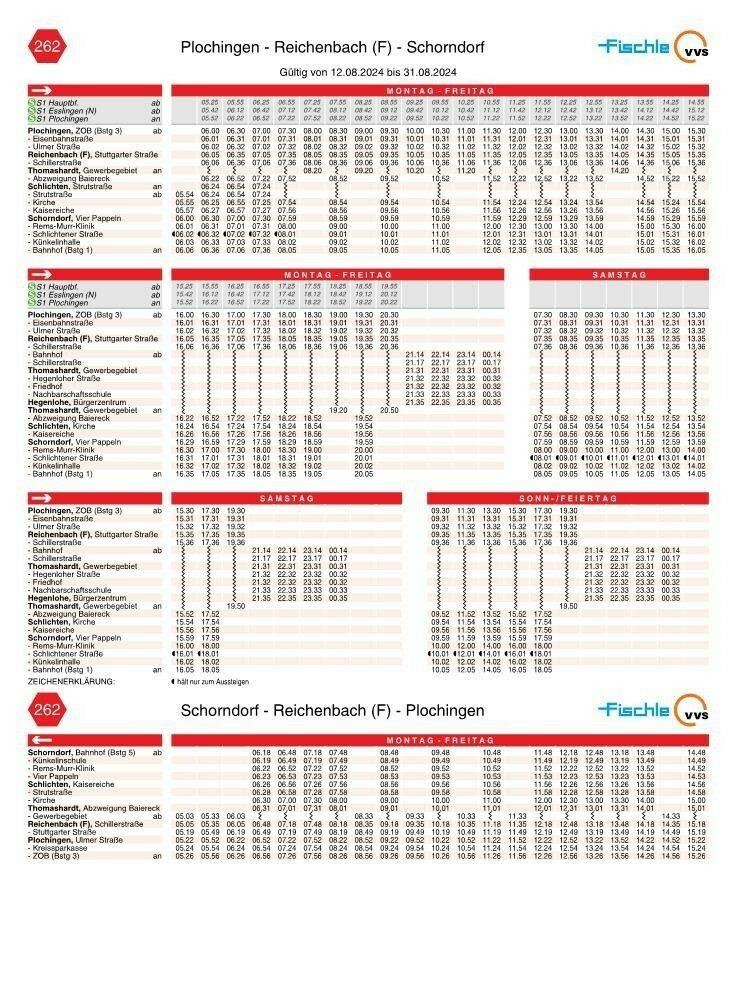Smart Technology Transforms Bus Transportation: Real-Time Tracking Changes How We Travel

The Evolution of Bus Transport Technology
Smart public transportation has become crucial for developing cities and improving quality of life, particularly addressing one of the most significant challenges faced by commuters – lengthy wait times at bus stops.
Current Innovations in Bus Tracking
Modern bus systems now utilize Global Positioning Systems (GPS) for vehicle tracking, providing real-time position information and nearest route recommendations to users, significantly improving time management for public transport users.
Transit authorities are implementing electronic signage solutions capable of displaying real-time bus departure information and public service messages at bus stops.
Recent Developments and Implementation
A notable example is the recent enhancement of the Digital Fare Media Project, which now includes school buses in its real-time tracking system. The integration with the Shorelink App allows parents to monitor their children’s school bus journeys, providing exact arrival times and locations.
Transit authorities are leveraging real-time bus data to evaluate performance metrics such as on-time performance and service delays. Additionally, new predictive safety features utilizing AI and automation help identify potential risks before they become threats.
Impact on Public Transportation
Public transport remains a vital mode of transportation for citizens, students, and workers who depend on well-planned and frequent services. The implementation of these advanced systems has significantly enhanced visibility into bus routes and schedules, enabling better journey planning and reducing waiting times. Web-based platforms now offer comprehensive solutions that improve the overall user experience through live tracking, driver information, and convenient features like QR code scanning.
Future Outlook
The significance of these improvements is reflected in recent statistics, with public transit recording 7.6 billion trips in 2024 and establishing itself as a nearly $100 billion industry. These technological advancements continue to reduce bus waiting times and enhance the overall quality of public transport systems.
